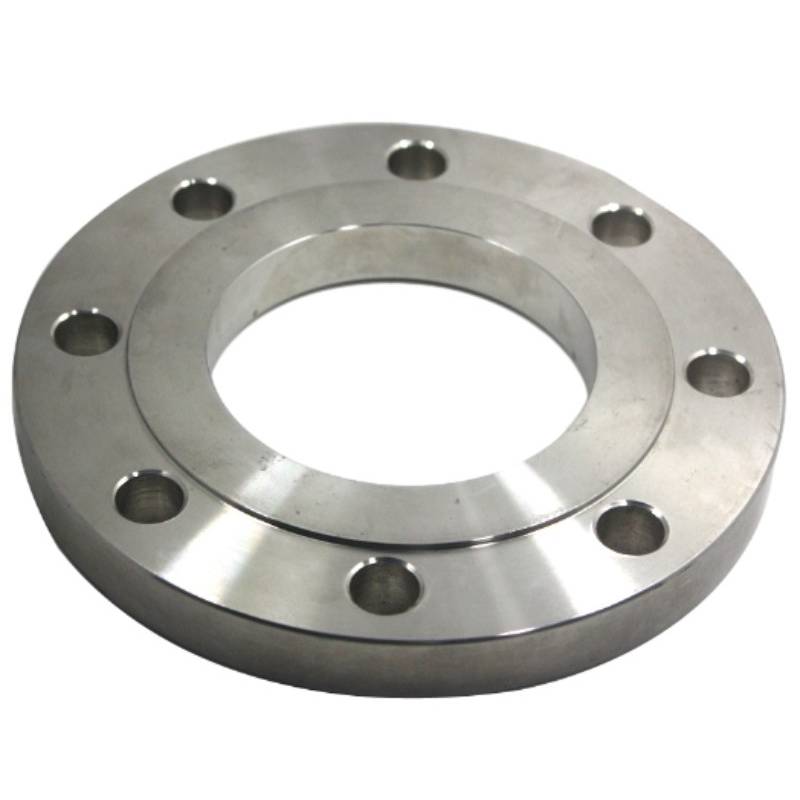-
Cangzhou Yulong Steel Co., Ltd.
-
Phone:
+86 13303177267 -
Email:
admin@ylsteelfittings.com
- English
- Arabic
- Italian
- Spanish
- Portuguese
- German
- kazakh
- Persian
- Greek
- French
- Russian
- Polish
- Thai
- Indonesian
- Vietnamese
- Zulu
- Korean
- Uzbek
- Hindi
- Serbian
- Malay
- Ukrainian
- Gujarati
- Haitian Creole
- hausa
- hawaiian
- Hebrew
- Miao
- Hungarian
- Icelandic
- igbo
- irish
- Japanese
- Javanese
- Kannada
- Khmer
- Rwandese
- Afrikaans
- Albanian
- Amharic
- Armenian
- Azerbaijani
- Basque
- Belarusian
- Bengali
- Bosnian
- Bulgarian
- Catalan
- Cebuano
- China
- China (Taiwan)
- Corsican
- Croatian
- Czech
- Danish
- Esperanto
- Estonian
- Finnish
- Frisian
- Galician
- Georgian
- Kurdish
- Kyrgyz
- Lao
- Latin
- Latvian
- Lithuanian
- Luxembourgish
- Macedonian
- Malgashi
- Malayalam
- Maltese
- Maori
- Marathi
- Mongolian
- Myanmar
- Nepali
- Norwegian
- Norwegian
- Occitan
- Pashto
- Dutch
- Punjabi
- Romanian
- Samoan
- Scottish Gaelic
- Sesotho
- Shona
- Sindhi
- Sinhala
- Slovak
- Slovenian
- Somali
- Sundanese
- Swahili
- Swedish
- Tagalog
- Tajik
- Tamil
- Tatar
- Telugu
- Turkish
- Turkmen
- Urdu
- Uighur
- Welsh
- Bantu
- Yiddish
- Yoruba

Oct . 19, 2024 12:58 Back to list
HDPE Concentric Reducers for Efficient Fluid Flow Management in Piping Systems
Understanding HDPE Concentric Reducers A Comprehensive Overview
High-Density Polyethylene (HDPE) is a type of thermoplastic polymer that has garnered significant attention in various industrial applications due to its excellent durability, resistance to chemicals, and lightweight nature. One of the essential components used in HDPE piping systems is the concentric reducer. This article will explore the significance, applications, and advantages of HDPE concentric reducers.
What is an HDPE Concentric Reducer?
An HDPE concentric reducer is a piping fitting that connects two pipes of different diameters while maintaining a consistent, symmetrical shape. Unlike eccentric reducers that offset the connection, concentric reducers have a central axis that aligns with both pipe ends. This design minimizes turbulence and ensures a smooth flow of fluids, making it ideal for various applications in industries like water supply, irrigation, and industrial processing.
Construction and Design
Concentric reducers are commonly made from HDPE due to its excellent physical and chemical properties. The production process involves melting HDPE pellets and molding them into the desired shape. As a result, these reducers exhibit high resistance to impact, UV radiation, and various chemicals, making them suitable for both indoor and outdoor use.
The typical design of an HDPE concentric reducer features a tapered internal profile, allowing for a gradual transition between differing pipe sizes. This design prevents the formation of turbulence that can lead to flow disruption, reducing the risk of erosion and prolonging the lifespan of the piping system.
Benefits of HDPE Concentric Reducers
1. Durability HDPE is known for its robustness and resilience. Concentric reducers made from this material can withstand varying pressures and temperature changes without compromising structural integrity.
2. Corrosion Resistance Unlike metal fittings, HDPE does not corrode or rust over time, making it an excellent choice for transporting water and other corrosive substances.
3. Lightweight The lightweight nature of HDPE facilitates easier handling, installation, and transportation. This characteristic is especially advantageous in projects where large quantities of piping need to be moved.
hdpe concentric reducer

4. Cost-Effectiveness While the initial investment in HDPE piping systems may be higher than traditional materials like metal, the long-term savings from reduced maintenance costs and increased longevity make it a cost-effective solution.
5. Sustainability HDPE is recyclable, contributing to environmental sustainability. Utilizing HDPE fittings helps reduce plastic waste in landfills.
Applications of HDPE Concentric Reducers
HDPE concentric reducers are widely used in various sectors, including
- Water Supply Systems They are integral in municipal water supply systems, providing reliable connections between pipes of different diameters without causing pressure loss.
- Irrigation Systems Farmers and agricultural businesses employ HDPE concentric reducers to efficiently manage water distribution in irrigation networks.
- Industrial Applications Industries leveraging liquid chemicals or waste management systems often utilize HDPE piping systems, where concentric reducers help maintain fluid flow without compromising safety or efficiency.
- Gas Distribution HDPE is becoming increasingly popular in natural gas distribution due to its lightweight nature and resistance to corrosion.
Conclusion
HDPE concentric reducers are essential components in various piping systems that facilitate smooth transitions between different pipe sizes. Their durability, corrosion resistance, lightweight nature, and cost-effectiveness make them a popular choice across multiple industries. As industries continue to focus on sustainability and efficiency, the adoption of HDPE piping systems, including concentric reducers, will likely increase, ensuring reliable fluid transport for years to come. Understanding these fittings' design and advantages can help engineers and procurement specialists make informed decisions for their projects.
Latest news
-
ANSI 150P SS304 SO FLANGE
NewsFeb.14,2025
-
ASTM A333GR6 STEEL PIPE
NewsJan.20,2025
-
ANSI B16.5 WELDING NECK FLANGE
NewsJan.15,2026
-
ANSI B16.5 SLIP-ON FLANGE
NewsApr.19,2024
-
SABS 1123 FLANGE
NewsJan.15,2025
-
DIN86044 PLATE FLANGE
NewsApr.19,2024
-
DIN2527 BLIND FLANGE
NewsApr.12,2024
-
JIS B2311 Butt-Welding Fittings LR/SR 45°/90° /180°Seamless/Weld
NewsApr.23,2024











